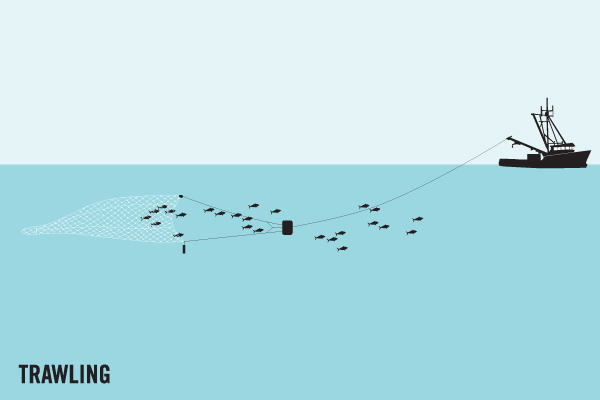Average Weight/Length
Usually a foot or less; grows to perhaps 2 feet.
Other "Popular" Names for this Fish
Slender Amberjack
Location Habitat
Unlike the pelogic Pilotfish, the Banded Rudderfish is more coastal and prefers reef habitat. May also be found around navigation aids and in deep channels. Adults are benthopelagic in outer reef slopes and offshore banks to 160 m or more. They form small groups. Young often seen around floating objects. They feed mainly on fishes, but also on invertebrates. Eggs are pelagic. Marketed fresh and salted or dried (Ref. 9283). May cause ciguatera poisoning, particularly in coral reef areas. Uncommon on East Indian reefs but occasionally found in cool upwelling areas of Lesser Sunda Islands of Indonesia
Biology & Physical Description
Easily confused with the Pilotfish because both have dark vertical bands, but the Banded Rudderfish is a small type of Amberjack as evidenced by the dark line through the eye, which the Pilotfish does not have. Dorsal spines (total): 8; Dorsal soft rays (total): 27-33; Anal spines: 3; Anal soft rays: 18 - 22.
Geographic Species Map (Fishbase.org Map)
|
|

|
Summary of Distribution: Circumglobal. Indo-West Pacific: Kenya south to South Africa and east to Mariana and Wake islands in Micronesia, north to the Ryukyu Islands, south to New Caledonia and the Kermadec Islands (Ref. 8879). Absent from the Red Sea and French Polynesia. Likely at Seychelles. Eastern Pacific: USA to Peru, including Galapagos Islands (Ref. 2850). Western Atlantic: Cape Cod, USA to northern Argentina (Ref. 9626). Distribution in the eastern Atlantic is not well established. Recently recorded from Lampedusa Island in the Mediterranean |
|
Note: Distribution range colors indicate degree of suitability of habitat which can be interpreted as probabilities of occurrence (fishbase.org) |
|
Sport Fishing Techniques
|
|
Kite Fishing (Rig)A Kite Fishing Rig is.... |
|
|
|
River DriftRiver Drift means to use the.... |
|
|
|
TrawlingTrawling is when.... |
|
Tackle & Baits
Seldom targeted, but if action is slow and a school presents itself, the angler can try very light spinning, baitcasting or fly outfits, with small jigs, spoons or streamer flies. Rudderfish will also take any live baitfish of suitable size, as well as live shrimp and small strips of squid or cut fish.
Game Rating
Game Rating : 8/10
Game Description :
Typical of its family, the Banded Rudderfish is aggressive and will strike with abandon. Its battle is much like that of a Blue Runner tough for its size.
Food Rating
Game Rating : 7.5/10
Game Description :
Excellent, particularly if large enough to render small fillets.




















 Banded Rudderfish
Banded Rudderfish 




